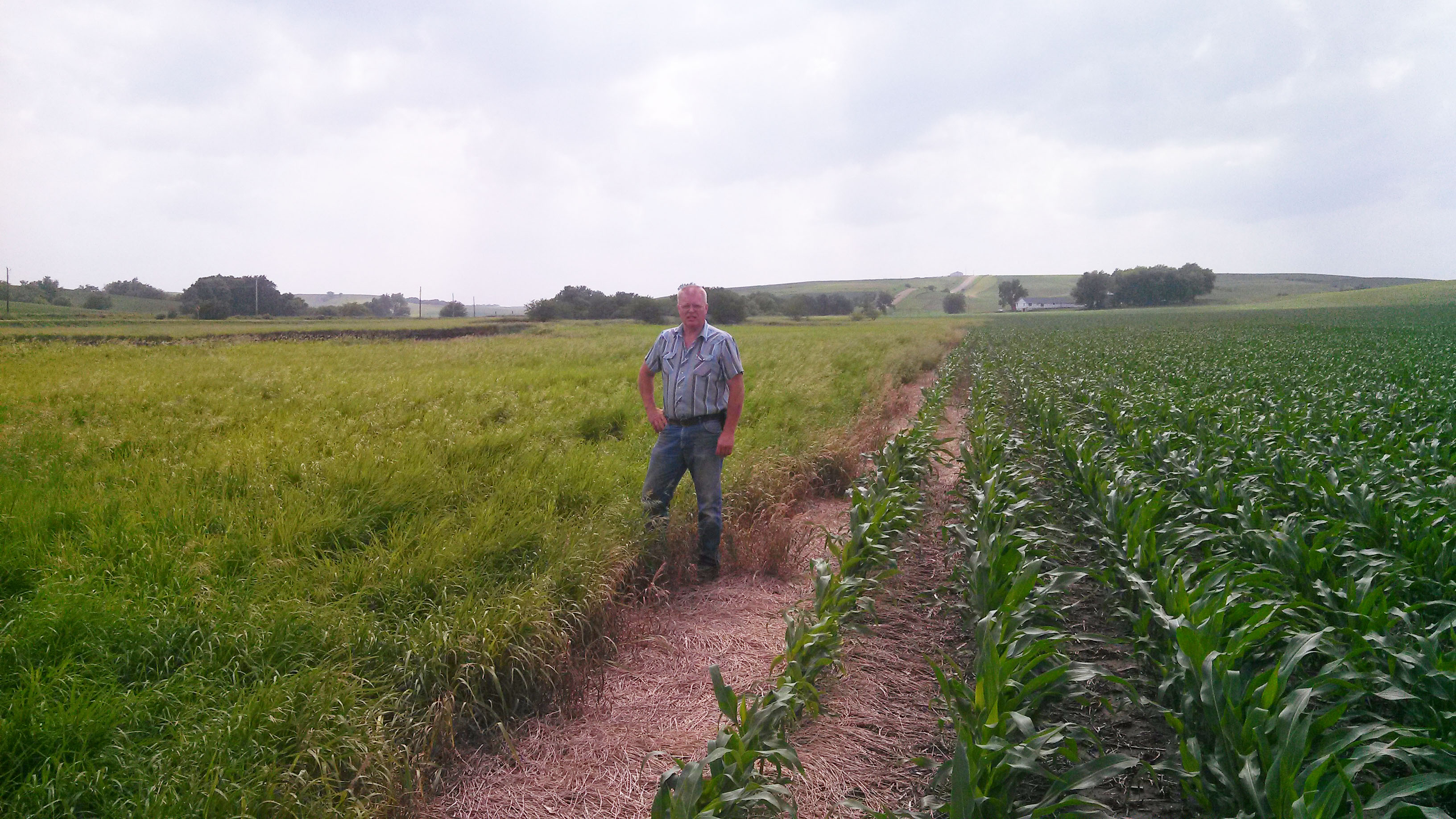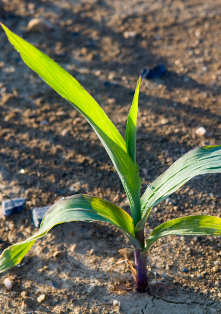Farmer Heroes Manage Nutrients On Farm
Nutrient pollution caused by high levels of nitrogen and phosphorus originates from many sources including, but not limited to, fertilizers and manure from agriculture and soil erosion.
Protecting clean water is essential to sustaining America’s agricultural way of life, and nutrient pollution threatens our economy, public health and quality of life. Fortunately, there are farmers who are voluntarily adopting practices to minimize nutrient runoff from their operations. These farmer heroes are providers of America's food supply and stewards of their local water resources.
The farmers have been identified by the National Association of Conservation Districts (NACD) and EPA for implementing specific best management practices to reduce pollution while also improving or sustaining their profits, soil quality and/or yields. We celebrate these farmer heroes who are making a difference to improve America’s water resources and invite you to read their stories.
- Keeping the creek on the family farm flowing and clean makes good environmental and financial sense.
- Central Illinois farmer manages nitrogen use to lower costs, maintain yields and leave land in good shape for his children.
- For Long Island farmers, fertilizer is key to saving money, reducing work, and protecting community.
- Little Rock farmer helps minimize fertilizer runoff by cultivating interest in organic locally grown foods.
- Farmer discovers how to protect his water and increase his bottom-line.
- Why what happens in a little creek on my farm matters downstream.
- Clean water is key to my family’s farming future.
- What I’ve learned about protecting the privilege of farming.








Farmer discovers how to protect his water and increase his bottom-line. Click to read.
Why what happens in a little creek on my farm matters downstream. Click to read.
Clean water is key to my family’s farming future. Click to read.
What I’ve learned about protecting the privilege of farming. Click to read.
